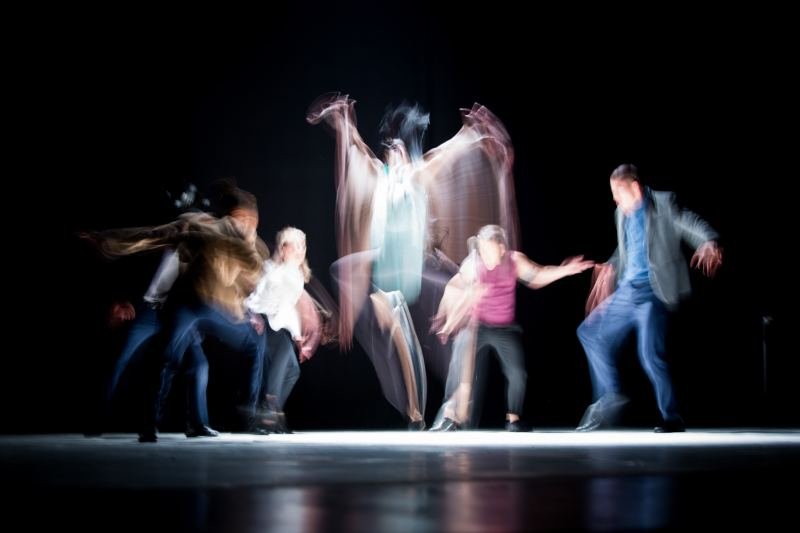The Meta-Dialogue Dance: A Good Show Needs Actors with Good Ears
One of the greatest learnings I brought with me off-stage from theatre acting is that, to make a good show, actors need more than practising their lines: they need to practice their ears.
Individuals on stage don’t stand alone, and the sum of their performances is fundamentally more than their parts. Even if based on a script, on-stage dynamics are ever-changing and require the active listening, connection and immersion of actors in the scene together to flow. Ultimately, the goal is not to perform all the right lines, but to give life and credibility to the story - and to ensure the story lands with the intended impact.
As I sit in the dialogue spaces we curate, I am reminded of this articulate choreography and its creative power and purpose. I recognise Convene’s approach to the process of dialogue and engagement. The way we engage crucially kicks off before the dialogue itself when the relationship with Institutional Conveners begins. It is a “meta-dialogue dance”, an exposition on the dialogue itself.
Convene’s relationship with Institutional Conveners aims to build the trust, co-creation and co-ownership of the process that we believe is necessary for achieving strategic goals. This approach presents greater challenges than if Convene was an outsourced agency for traditional facilitation or mediation - challenges that don’t stop at the division of roles. Once again, in this phase too, those engaged need good ears. Dialoguers need to practise coordination and trust in their partners in order to let go of control.
This translates into comfort in: handing over work, while remaining present and active in the process; incorporating feedback while staying close to one’s vision and core values; and setting structure while leaving room for creativity and voice.
It means being ready to dialogue before the engagement itself begins - during dialogue design.
Such productive dynamics of interaction among those working behind-the-scenes are crucial to setting the stage, the right posture and the culture for the conversation.
- Margherita Massarenti, Convene


